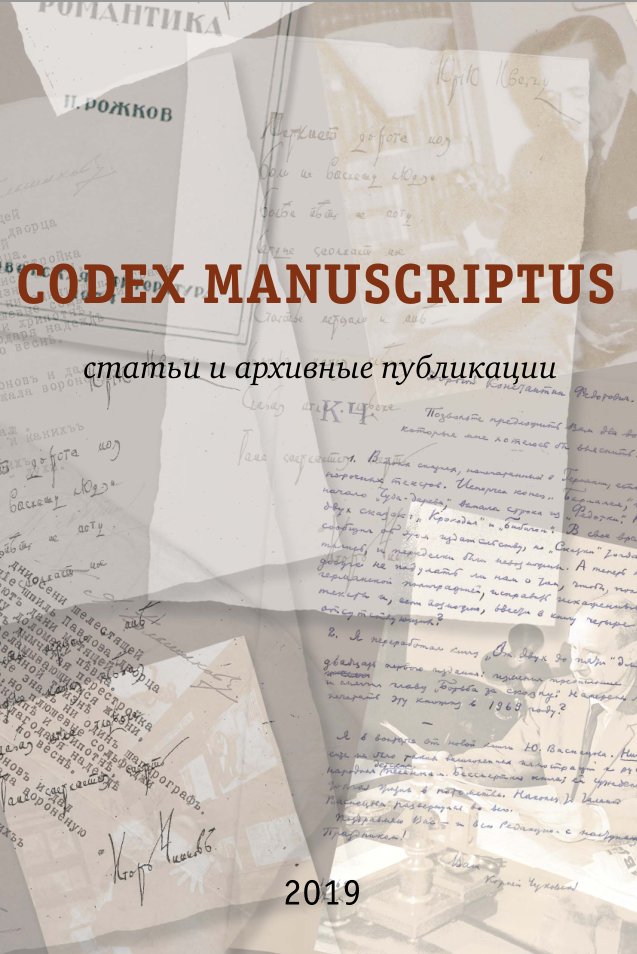Abstract:
The article studies the peculiarities of the chronotope as one of distinctive features of dystopia in the story “The Machine Stops” by E.M. Forster. The study consists of two stages. Firstly, there is a brief review of key viewpoints on the issue of interrelation of dystopian genre and science fiction. Second stage is the analysis of time-spatial organization in the story, partly through its comparison with the novel by H. Wells “The Time Machine”. As in Wells’, two worlds in Forster’s story are directly opposed. Symbolically the hero’s path is associated with the birth of a new man. At the end of the story the shift occurs that restores familiar world order and helps heroes discover the truth. The plot structure hints at civilization development from the Middle Ages, also called the Dark Ages, to the Renaissance. The article reveals that the world of future in dystopian story “The Machine Stops” includes two topoi that are contraposed: the underground — the city of the Machine, and the above-ground — the world of wild life. The interaction of the hero and space clears up Forster’s idea about the decline of machines’ epoch, regain by a man his own self and revival the value of human communication.






